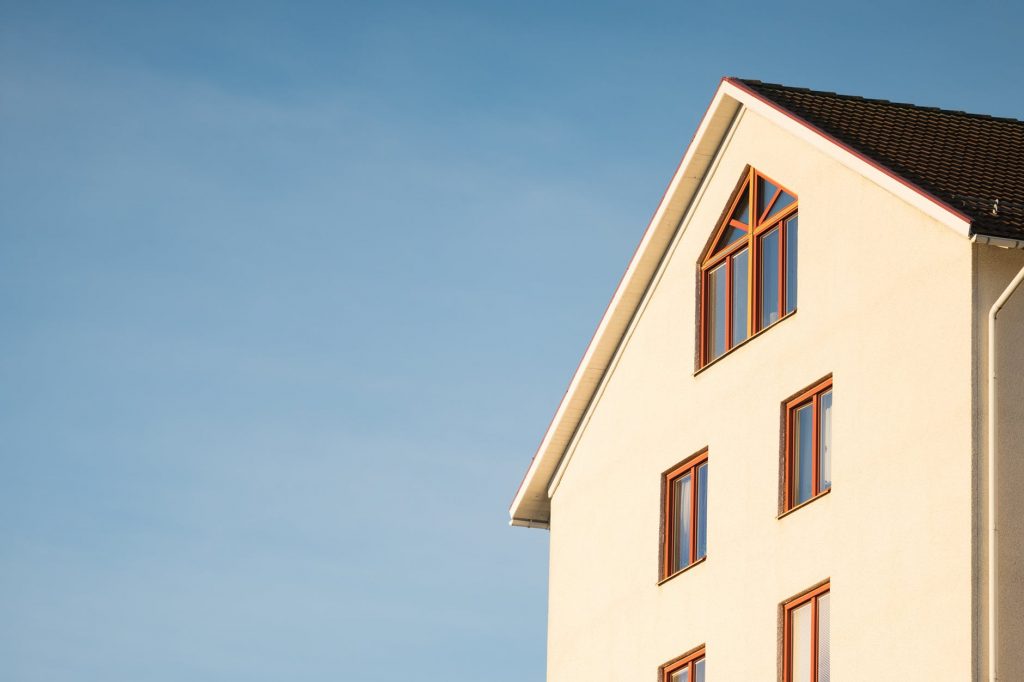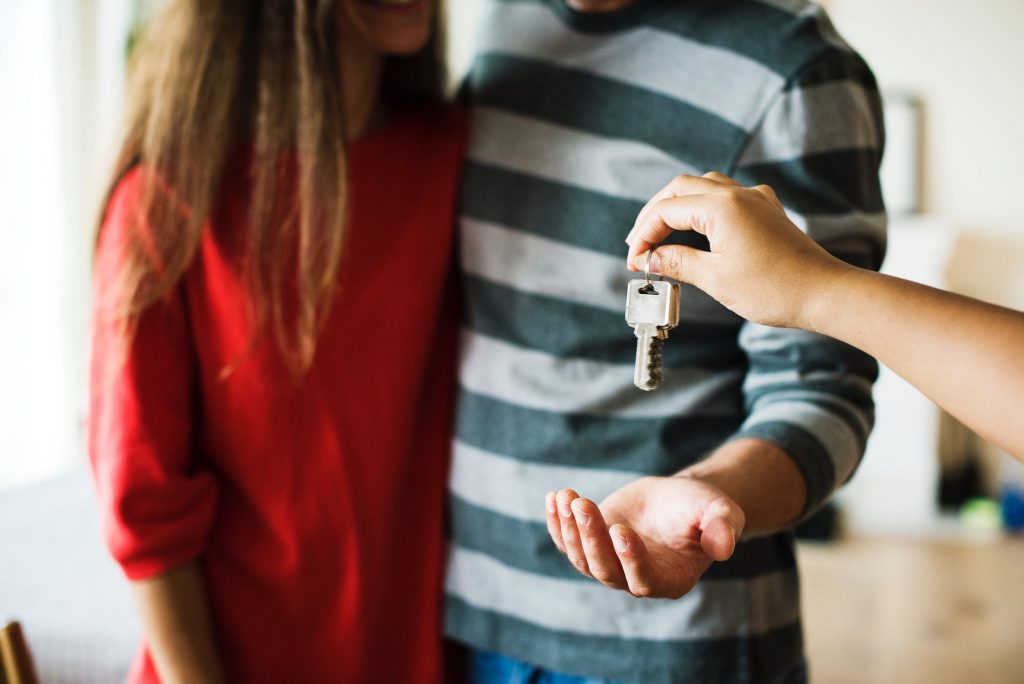Diana Martincich bought her first investment property seven decades back. Nevertheless, when it arrived to purchase another home, the Sydney-based English instructor was not certain where to look.
Martincich, who spent $265,000 at 2011 on a one-bedroom unit at Campsie, had roughly $600,000 to invest on her next time around but guessed the Sydney’s boom had out her out from this marketplace.
She began appearing in Hobart, where costs are reduced and the industry is more powerful. Statistics this week demonstrated Hobart to be the only capital city to determine costs grow in February, using a 0.7 percent profit – constituting a 13.1 percent increase within the 12-month period. Regardless of this, the median 416,840 dwelling cost was the smallest of the eight state and territory capitals. By comparison, Sydney’s median price in February was 880,743, Melbourne’s was 723,334 and Brisbane’s was 491,850.
Martincich, however, ended up staying in Sydney, where she purchased a one-bedroom apartment for sale by the owner with balcony in a brick walk-up from the western suburb of Ashfield for $595,000.
It has been said that investing on the property market in Hobart made a better long-term sense and is likely to be a much better investment. However, Martincich in particular had thought that Sydney is a more desirable town with more of a vibe.
Vibe aside, the market of the smallest state capital is booming, and that’s the market of the home industry.
A representative of Hobart’s property buyers had said that the leasing market was pushed into a reduced 0.3% vacancy rate by substantial numbers of international students, which further added to the demand that is now being generated by the growing Tasmanian economy. It is almost as if a great storm had just started.
That storm is sweeping in mainlanders. Last week, an investor who had made the decision of selling land for development had said that he could bring in a return of between 5 and 5.5 percent because of its mainland purchaser.
Greater yields are an the appeal for mainland buyers. The spread, or gap, between Hobart and Sydney unit returns has widened from 50 basis points in 2013 to 180 basis points this past year, PRDnationwide statistics reveal.
However, while the Apple Isle economy is fostering the re-election likelihood of the Liberal Party in Saturday’s election it has not always been like this. It has been said that three to five years ago, Hobart was dreadful as its vacancy rates were at 5 to 6% and folks were leaving the town in flocks. Key businesses had closed down and unemployment rates were very high.
That is seen from the ebb and flow of mainland investor attention. A decade before, it has been stated that 90 percent of real estate buyers were midsize investors. That shrank to 40 percent, since Tasmania’s economy endured and it’s since picked up to approximately 60 percent.
And that raises a problem for investors.
The most important question to be addressed now is how sustainable Tasmanian economy currently is in comparison to what it has been doing over the past four years. An economist had said that this question explains the concern with Tasmania. It is a small state and its economic base is narrow and is more vulnerable to matters completely beyond its control, despite the amount of property for sale in the market.

A representative of Sydney’s real estate buyers has stated that the largest gains from the existing Hobart property cycle have been made. It is speculated that if the invest market of Sydney and Melbourne become heated or are viewed as too costly, these flow-on leading markets of Hobart, Brisbane or Perth will become hotspots because people feel that it is cheaper for them, but not always the best strategy for the long term.
People have been anticipating the Hobart housing boom to proceed for the following 12 months, and then it is predicted that there could be alterations in the cycle since each market has its own life cycle.
However, a person who went back into his native Tasmania in 2014 after a career on the mainland and refurbished an 1830s mansion out Hobart, hints placing cash into property there.
It has been said that this Tasmanian native would probably be more inclined to make a real estate investment than Sydney given its current state and as compared to 10 years ago. Some people, he thought, would come to appreciate the lifestyle advantages of the area.
On the opposite side of the Tasmanian property market, commercial property is performing as well as its housing market, despite all of the speculations.
The year 2018 is a prominent one for commercial property sales in Tasmania.
Property site realcommercial.com.au lists 125 sold commercial properties located between January and the end of July. Among the latest is Moonah’s Harvey Norman complicated, that was marketed by Linear Capital Pty Ltd into Primewest Funds Ltd for about $14 million. Harvey Norman oversaw this retail center along with two nationwide, publicly recorded retailers — Beacon Lighting, and Boating Camping and Fishing.
The 6400 square metre land is situated at the junction of Main Road and Derwent Park Road, about 7km north of Hobart’s CBD which houses some of the best hotels in Tasmania. The sale was managed by JLL supervisors of retail investments. The instigators reported that the advantage received attention from buyers to a federal level, together with Tasmania currently focusing firmly on investors’ plans as the federal market remains constrained in regards to quality retail investment opportunities.
People are hoping to see continuing interest in Tasmanian business industry, together with statewide economic expansion continued to increase the national yearly average, driven by favorable population growth, an energetic hospitality industry (take a look at this storytelling hotel) and robust tourism efforts.
It has been said that investors are currently looking to Tasmania as a chance to get higher yields, together with interstate capital cities in record low returns for prime retail investment resources. This $14 million trade reflected an original return of 7.28 percent.
A snapshot of this Large Tasmanian Business sector sales this season comprises:
- A considered $10 million to its UTAS Conservatorium of Music building.
- $5.358 million to your Freedom Furniture property.
- $1.8 million to Airlie at Liverpool Street.
- $2 million for 35 Murray Street.
- $6.155 million to Trustee House.
- $4.525 million to its Ash Bester Building.
- $1.65 million for its industrial warehouse website at 209-215 Harrington Street, Hobart.
